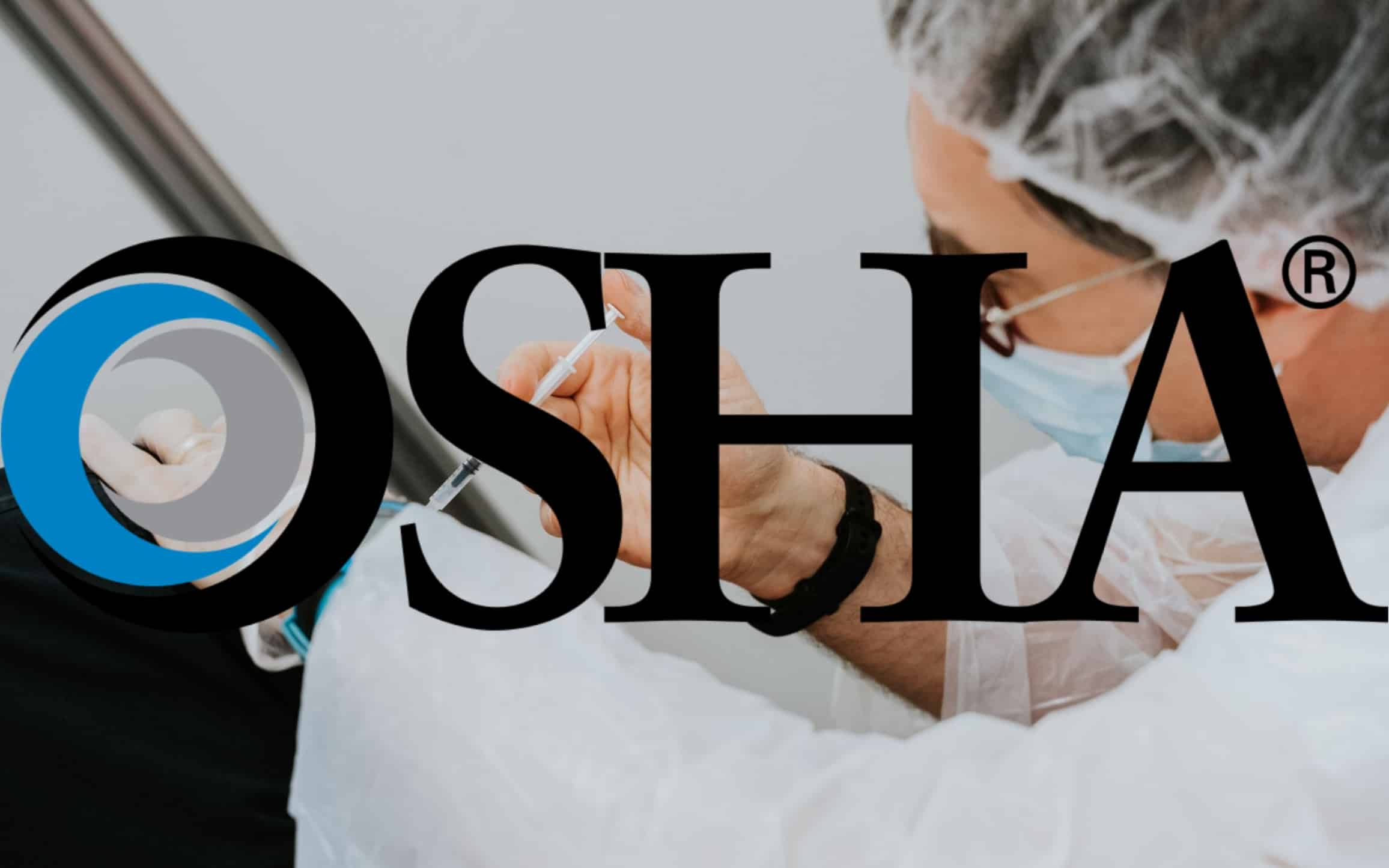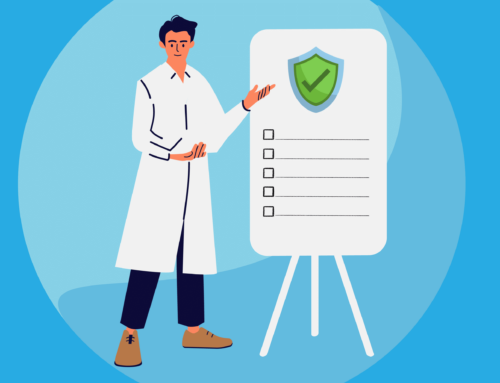The United States Department of Labor (DOL), the federal agency that enforces OSHA law, has issued new OSHA enforcement guidance. The guidance is intended to be time-limited to the current COVID-19 public health crisis. Under the new guidance, OSHA has prioritized elimination and control of workplace exposure to SARS-Co-V-2, the cause of COVID-19. More about OSHA COVID-19 enforcement is discussed below.
Updated OSHA COVID-19 Enforcement Strategy
Most workplaces within the scope of OSHA’s authority have been affected by the COVID-19 pandemic. In response, OSHA has issued an updated Response Plan for workplace COVID-19 safety enforcement. The plan focuses on employers that are not making good-faith efforts to protect workers from COVID-19. It provides updated guidance for employer handling of COVID-19 related complaints, referrals, severe illness reports, and inspection priorities.
Learn more about compliance with federal regulations here.
OSHA COVID-19 Enforcement and Inspections
Under the new guidance, OSHA is prioritizing the protection of OSHA enforcement personnel, by ensuring they have the resources necessary to safely perform inspections.
The following summarizes OSHA’s updated strategy with respect to COVID-19 OSHA enforcement:
- OSHA will continue to implement the U.S. Department of Labor’s (DOL) COVID-19 Workplace Safety Plan to reduce the risk of COVID-19 transmission to OSHA Certified Safety and Health Officials (CSHOs) during their inspections.
- OSHA is now prioritizing COVID-19-related inspections involving deaths or multiple hospitalizations due to occupational exposures to COVID-19.
- Where practical, OSHA will perform on-site workplace inspections:
- OSHA’s goal is to identify exposures to COVID-19 hazards, ensure that appropriate control measures are implemented, and address violations of OSHA standards and the General Duty Clause. Under the General Duty Clause, employers must furnish employment and a place of employment that are free from recognized hazards that are causing or are likely to cause death or serious physical harm to employees. Employers who fail to do this are subject to fines.
- OSHA will at times use phone and video conferencing, in lieu of face-to-face employee interviews, to reduce potential exposures to CSHOs. In instances where it is necessary and safe to do so, in-person interviews will be conducted.
- OSHA will also minimize in-person meetings with employers and encourage employers to provide documents and other data electronically to OSHA’s Certified Safety and Health Officials.
- In all instances, Area Directors (AD) will ensure that CSHOs are prepared and equipped with the appropriate precautions and personal protective equipment (PPE) when performing on-site inspections related to COVID-19 and throughout the pandemic.
- To the extent possible, all inspections should be conducted in a manner to achieve expeditious issuance of COVID-19-related citations and abatement.
- In cases where on-site inspections cannot safely be performed (e.g., if the only available CSHO has reported a medical contraindication), the AD will approve remote-only inspections that may be conducted safely.
Healthcare Facility Inspections
As part of its updated COVID-19 OSHA enforcement strategy, OSHA has issued additional specific guidance for inspections of healthcare facilities.
OSHA inspectors, before conducting an inspection, must:
- Where appropriate, determine if the facility has airborne infection isolation rooms/areas, and gather information about the employer’s use of air pressure monitoring systems and any periodic testing procedures.
- Review any procedures for assigning patients to those rooms/areas and procedures used to limit access to those rooms/areas to employees who are trained and adequately outfitted with PPE.
- Review procedures in place for transferring patients to other facilities in healthcare settings where appropriate isolation rooms/areas are unavailable or inoperable.
- Review procedures for accepting COVID-19 patients transferring from other facilities.
- Establish the numbers and placements of confirmed and suspected COVID-19 patients under isolation at the time of inspection.
- Establish the pattern of placements for confirmed and suspected COVID-19 patients in the preceding 30 days.
- Determine whether the workplace has handled specimens or evaluated, cared for, or treated suspected or confirmed COVID-19 patients.
The enhanced emphasis on inspection of healthcare sites requires healthcare employers to train employees on a variety of standards, including OSHA’s bloodborne pathogens standard and the personal protective equipment standard.









